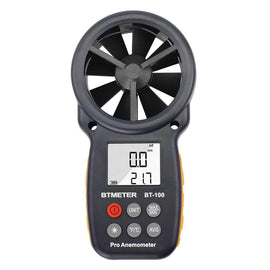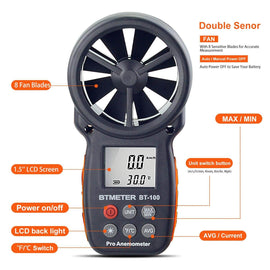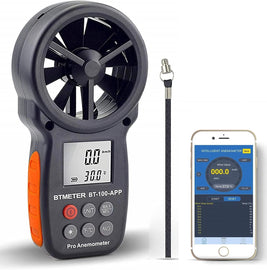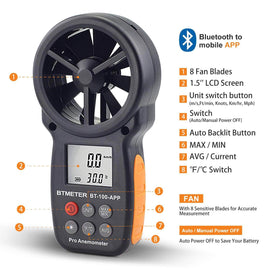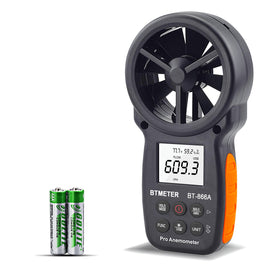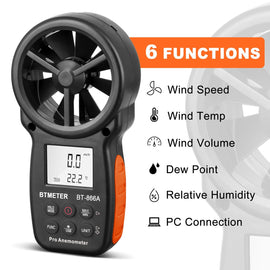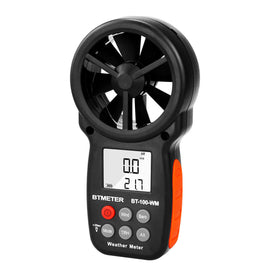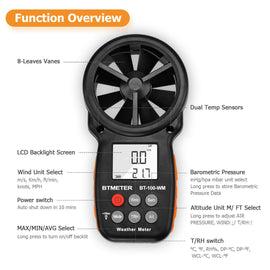PRODUCT DESCRIPTION
♦【Can Measure High Current Values】Capable of measuring AC/DC up to 600 amps, This clamp adapter is built for higher current measurement.
♦【Large Jaw Size】Maximum Jaw Caliber Size up to 1.57 inches (40mm), allows you to make accurate AC or DC amperage measurement up to 600 amps without breaking the circuit.
♦【High Accuracy】+/- 3.0%+10 accuracy for signal output conversion. The arrow on the Jaw indicates the DC current direction of positive current flow ( from positive to negative).
♦【Multi-compatibility】1mV per ampere output & standard 3/4 inch banana plugs makes it compatible with most multitesters that features with 1mV sensitivity.
♦【Usage】Putting an amp-clamp on a power cord wouldn’t get a reading, you’ll need to put an amp clamp around the live wire only.
SPECIFICATION:
DC Current: 600 A
AC Current: 600 A
Jaw Caliber: 1.77 inch
Output Conversion: 1mV/1A
Conversion Accuracy: +/- 3.0% + 5 digits
Output Impedance: 10K
Dimension: 7.05*3.54*1.42 inch
OPERATION INSTRUCTIONS:
☆ Perfectly work with BTMETER multimeters, such as: BT-770M, BT-770N, BT-770K, BT-90EPD, BT-90EPC, BT-6688G, BT-6688H, etc.
☆ When perform DC current measurement, always press “REL” key on multimeter to zeroes it out.
☆ When perform AC current measurement, always use the clamp go round the live wire only, or use "AC line splitter"
☆ Connect the black banana plug of the BT-605A AC/DC Current Clamp Adapter to "COM" port and the red banana plug to the "µA mA" port.
☆ Press “SELECT” button on the multimeter and press AC/DC button on the Clamp Adapter to choose “DC” or “AC” measurement .
☆ The arrow on the right side of the Jaw indicates the DC current direction of positive current flow (from positive to negative).
7 Days free refund, 15 Days free replace, 365 Days Warranty, Lifetime Tech-support.

